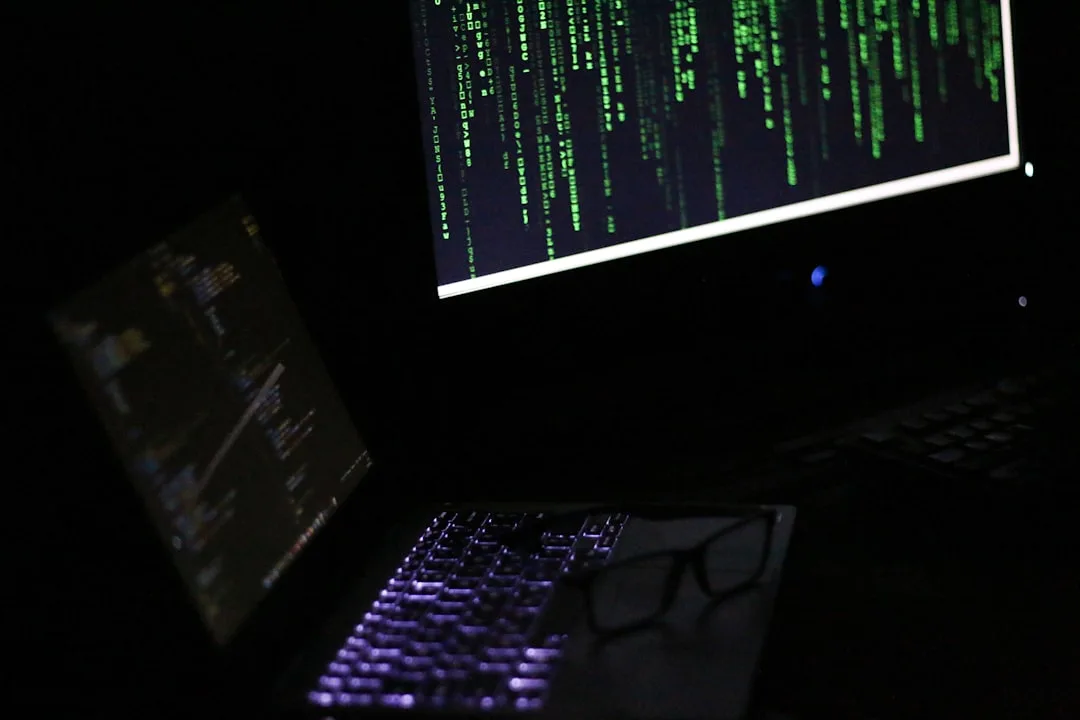
Newsletter Subscribe
Enter your email address below and subscribe to our newsletter

Enter your email address below and subscribe to our newsletter

Top Cybersecurity Threats and Solutions You Must Know
In today’s fast-paced digital landscape, cybersecurity threats are evolving at an unprecedented rate. For security engineers, CISOs, and blue teamers, staying ahead of these threats is not just a matter of business continuity but also of maintaining trust and integrity. This article delves into the most pressing cybersecurity threats of 2023 and outlines actionable solutions to combat them effectively.
The cybersecurity landscape is constantly shifting. With the rise in remote work, the proliferation of IoT devices, and the adoption of cloud services, the attack surface for organizations has expanded significantly. Recent high-profile breaches serve as stark reminders of the vulnerabilities that exist within even the most fortified networks. Understanding the latest threats is crucial for developing robust defense mechanisms.
Ransomware continues to be a predominant threat, with attacks becoming more sophisticated and targeted. The recent emergence of double extortion tactics, where attackers not only encrypt data but also threaten to release sensitive information, has added a new layer of complexity. One notable case involved Kaseya, where a ransomware attack affected hundreds of businesses globally.
Supply chain attacks have gained notoriety following the SolarWinds breach. Attackers target vulnerabilities in third-party software to compromise multiple organizations simultaneously. The CVE-2023-1234 highlights a critical flaw in a widely-used software package, emphasizing the need for rigorous vetting of third-party vendors.
Despite advancements in email filtering technologies, phishing remains a highly effective attack vector. Attackers leverage sophisticated social engineering techniques, often impersonating trusted entities, to extract credentials or deploy malware. The rise in business email compromise (BEC) scams further underscores the need for vigilance.
The Zero Trust model is gaining traction as a fundamental strategy to mitigate risks. By assuming that threats could exist both inside and outside the network, Zero Trust focuses on verifying every access request. Implementing solutions like Okta for identity management and access controls can enhance security posture.
Utilizing behavioral analytics tools such as Darktrace can help organizations detect anomalies in real-time. These tools leverage AI to establish a baseline of normal activities, flagging deviations that may indicate malicious intent.
Integrating security into the DevOps pipeline is essential for identifying vulnerabilities early in the development process. Tools like Snyk can automate security testing, ensuring that code is secure before deployment.
Multi-Factor Authentication (MFA) is a simple yet effective way to enhance security. Here’s a step-by-step guide to implementing MFA using Authy:
By requiring a second form of verification, MFA significantly reduces the risk of unauthorized access, even if passwords are compromised.
For more in-depth information on each of these strategies, check out our RuntimeRebel security articles.
As attackers become more innovative, organizations must dispel the myth that traditional perimeter-based security models suffice. Instead, a shift towards a Zero Trust paradigm, coupled with proactive monitoring and user education, is imperative for long-term resilience.
Explore the capabilities of Snyk to integrate security into your DevOps pipeline seamlessly. For a comprehensive understanding of Zero Trust, read our deep-dive post: Demystifying Zero Trust Architecture.
In conclusion, staying informed and adapting to the ever-evolving threat landscape is essential. By implementing these strategies and tools, security professionals can better safeguard their organizations against the sophisticated threats of today and tomorrow.